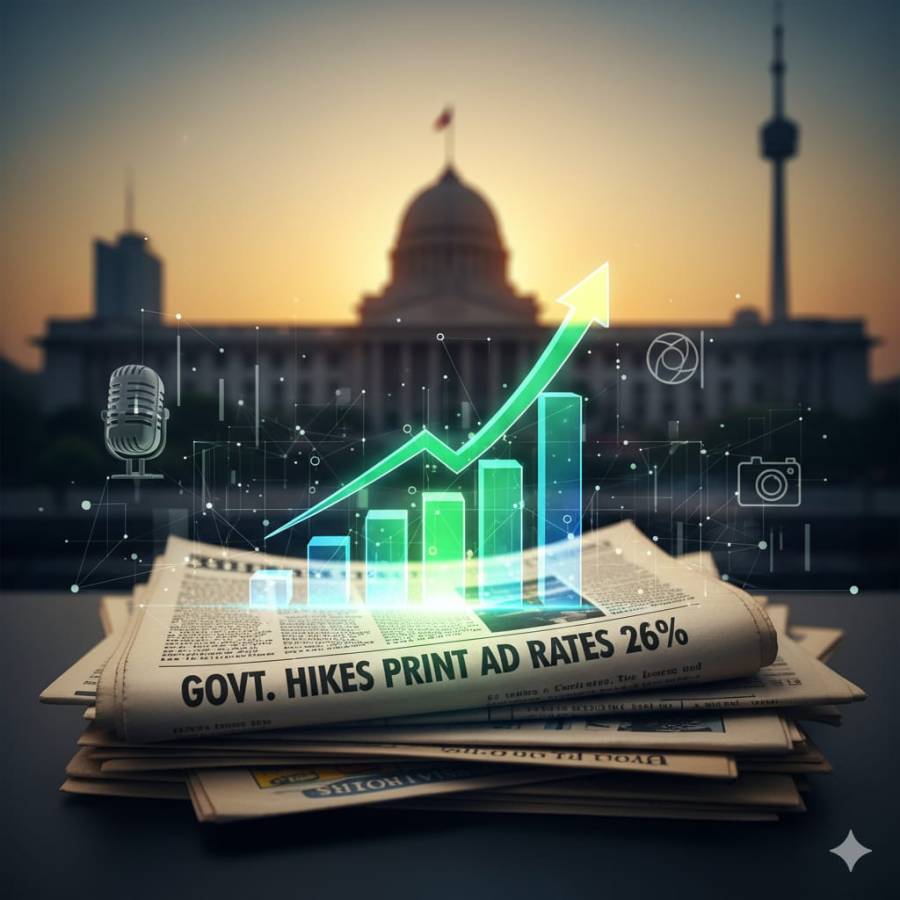
The precious metals market, a perennial bastion of value and a traditional hedge against global financial instability, has recently been enveloped in a wave of considerable volatility. Gold and silver, the two primary protagonists in this segment, have experienced sharp price corrections following a sustained period of elevated valuation, prompting a re-evaluation of strategies among investors, particularly those who favour Exchange Traded Funds (ETFs) for exposure to these commodities.
The recent decline in prices, which witnessed a significant drop in the domestic spot price for silver and a substantial fall in gold's value per ten grams, signals a technical correction in a market that has enjoyed spectacular, at times even hyperbolic, gains. For context, prior to the correction, both gold and silver had registered remarkable cumulative gains—silver had surged 62%, while gold had seen an appreciation of 77% year-to-date amid profound global uncertainties. Such a sharp, parabolic ascent inevitably necessitates a phase of consolidation or pullback, driven by profit-booking from institutional players and the recalibration of market positioning.
The Dynamics of ETF Performance
The repercussions of this price movement have been most acutely felt by buyers of the recent precious metal ETFs. Silver Exchange-Traded Funds (ETFs), which had been trading at a significant premium over their underlying Net Asset Value (NAV)—at times commanding premiums as high as 12% to 15%—have experienced a dramatic reversal. The prices of units in major silver ETFs have declined sharply, mirroring the fall in the spot price and the simultaneous erosion of these substantial premiums. The swift move from trading at an inflated premium to a discount indicates a normalisation of supply-demand dynamics in the physical market, which had previously been characterised by tight supply and a retail-driven buying frenzy.
Similarly, Gold ETFs were not immune to the corrective phase, registering a discernible fall in their prices. The market’s assessment is that the intense, speculative buying that catapulted prices to previous highs has abated. This retreat is largely attributed to institutional investors and central banks, who are engaging in strategic profit-taking following the elevated valuations, rather than a fundamental shift in the long-term bullish outlook for the metals.
Macroeconomic Undercurrents and Investment Rationale
Market experts concur that the correction, while steep, may be a transient phenomenon rather than the herald of a prolonged bear market. The underlying narrative supporting precious metals remains largely intact. Gold and silver are fundamentally viewed as key components of a diversified portfolio, serving as an essential cushion against systemic market risk, geopolitical uncertainty, and persistent inflationary pressures.
A weakening US dollar and the prospect of monetary easing by central banks globally are factors that traditionally bolster the price of non-yielding assets like bullion. Furthermore, ongoing geopolitical risks and the structural uncertainties pervading the global trade landscape continue to motivate long-term investors to allocate a portion of their capital to these traditional safe-haven assets. As articulated by various market strategists, investors with a long-term horizon are being advised to perceive this correction as a strategic entry point. They are encouraged to utilise a Systematic Investment Plan (SIP) or a similar tactical approach to accumulate units in Gold and Silver ETFs, thereby benefiting from dollar-cost averaging and positioning themselves for the anticipated long-term appreciation.
The Significance of Demand Factors
It is also crucial to note the robust domestic demand, particularly for physical gold and silver, during the festive and wedding seasons. This demand is intrinsically driven by cultural factors and is typically executed through retail channels, including outright purchases of jewellery and coins, alongside investment in digital or paper forms. This sustained local consumption base provides a floor for domestic prices, often mitigating the full impact of international market fluctuations. The robust demand from institutions, such as banks and currency managers, who are looking to diversify their assets away from traditional fiat currencies and towards tangible commodities, further reinforces this demand structure.
Finally, the recent deceleration in the price of gold and silver represents a necessary technical breathing space after an aggressive rally. For the judicious investor, this period of reduced price should not incite panic but rather serve as a compelling opportunity. By adopting a disciplined, long-term investment strategy that accounts for the metals’ historical role as inflation hedges and safe havens, buyers of precious metal ETFs can effectively leverage this market movement to enhance their portfolio resilience and potential future returns.


















.jpeg)

